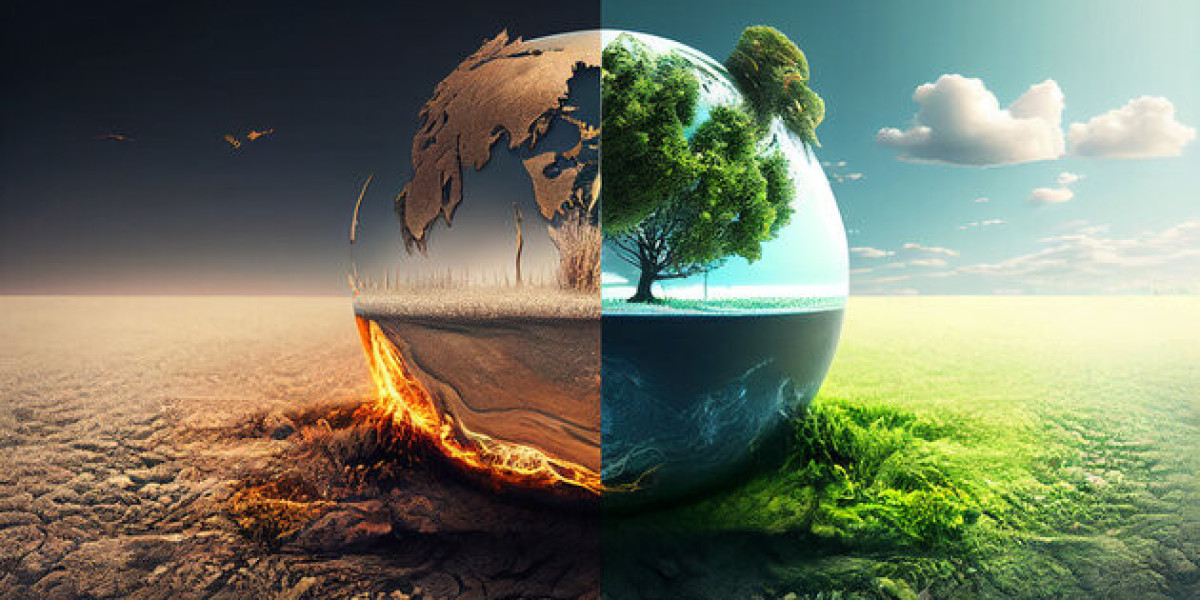Greenhouse gases (also known as GHGs) are gases in the earth’s atmosphere that trap heat.
During the day, the sun shines through the atmosphere, warming the earth’s surface. At night the earth's surface cools, releasing heat back into the air. But some of the heat is trapped by the greenhouse gases in the atmosphere. That's what keeps the earth’s temperature at an average 14˚C (57˚F).
Greenhouse gases and the greenhouse effect
The gases act like the glass walls of a greenhouse – hence the name, greenhouse gases. Without this greenhouse effect, temperatures would drop to as low as -18˚C (-0.4˚F); too cold to sustain life on earth.
But human activities are changing earth's natural greenhouse effect with a dramatic increase in the release of greenhouse gases. Scientists agree greenhouse gases are the cause of global warming and climate change.
Since the Industrial Revolution, humans have been releasing larger quantities of greenhouse gases into the atmosphere. In the past century that amount has increased dramatically, with the knock-on effect of global warming. Global temperatures have accelerated in the past 30 years and are now the highest since records began.
What are the main greenhouse gases?
National Grid's Energy Explained - What are greenhouse gases?
Carbon dioxide (CO2)
CO2 is released through natural processes, such as volcanic eruptions, plant respiration and animals and humans breathing. But the atmospheric CO2 concentration has increased by 50% since the Industrial Revolution began in the 1800s, due to human activities like the burning of fossil fuels and large-scale deforestation. Due to its abundance, CO2 is the main contributor to climate change.
Methane
Methane is produced naturally through decomposition. But again, human activity has displaced the natural balance. Large amounts of methane are released by cattle farming, landfill waste dumps, rice farming and the traditional production of oil and gas.
Nitrous oxide
Nitrous oxide is produced through the large-scale use of commercial and organic fertilisers, fossil-fuel combustion, nitric-acid production and biomass burning.








